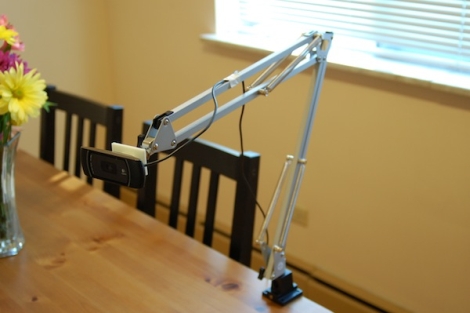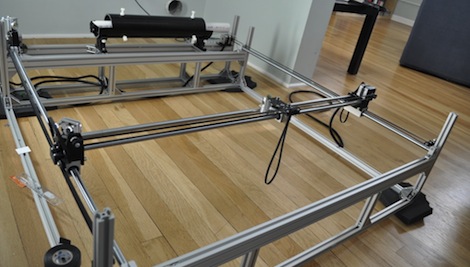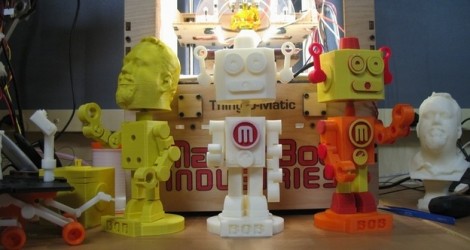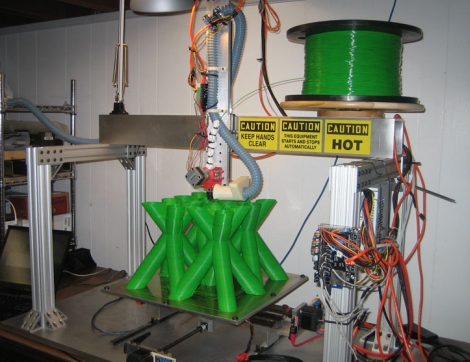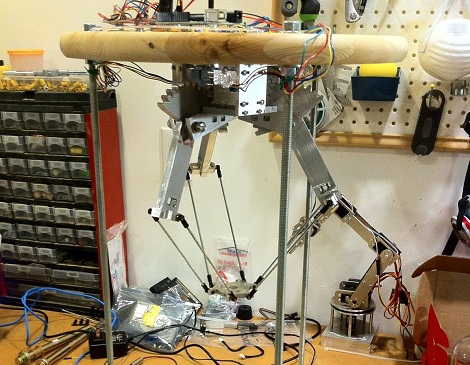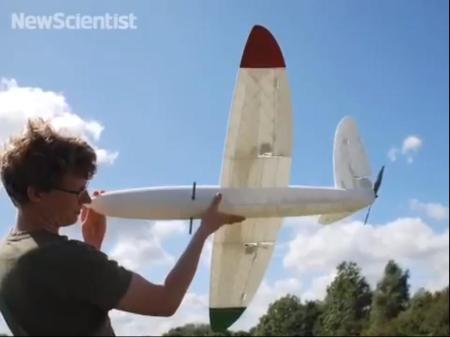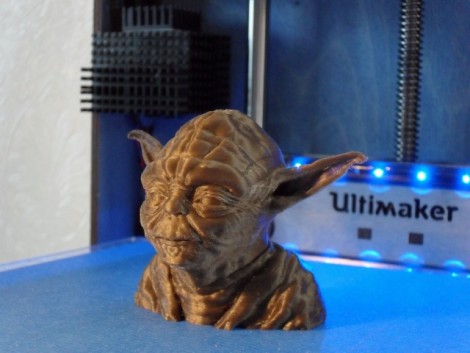
Do you think it’s not really possible to get amazing resolution from extruder-based 3D printers? You’re wrong, and this post about the attainable quality of prints on the Ultimaker proves it. The Yoda bust seen above was printed with a layer thickness of 0.02mm. This is a hack in itself because this process actually used two different layer thicknesses. The interior of the print, which you can’t see, but serves as a support mechanism for the object was printed at 0.04mm, with just the visible perimeter printed in the smaller thickness. That trickery is just fine with us if this is the result.
[Dave Durrant] discusses the press the Ultimaker has received, which mostly focused on the relatively fast printing process this hardware uses. But he didn’t think the story of the quality you can get with the device was being told. So he put out a call on the mailing list to send in pictures of high-quality 3D prints and he wasn’t disappointed by the response. You’ll see images of busts, bodies, gears, animals, and art pieces. There’s information about how they were printed, but even those not interested in the particulars will appreciate the macro photography that gives you an up-close look at how far we’ve come with these table-top rapid prototyping machines.
[Thanks Taylor]

